This is a guest post by Play It Safe co-writer Jack White
For the past twelve months, Chris and I have been developing the script that has turned into PLAY IT SAFE. As the project now approaches the production phase, we occasionally remark with wonder that, "Hey, we're making a movie!" Though a lot of work remains - really, the bulk of it - to get to the finishing point, reflecting on the project's humble origins to the broad, collaborative task it has now become is quite inspiring.
The initial goal was simple: to write a feature film. As a director and producer with significant professional experience, Chris was brave when he enlisted my help as an unpublished, untested writer on the project. As friends we had often talked about film and writing but this was the first time we would be working together on a creative endeavour.
We didn't really have a plan. But we were inspired by similar ideas and concepts. In particular, the films of Andrew Bujalksi (FUNNY HA HA, MUTUAL APPRECIATION) and the Duplass brothers (HUMPDAY, THE PUFFY CHAIR) struck a chord with us. We liked the idea of naturalistic filmmaking, Cassavetes' impressionistic cinematography, improvised dialogue and everyday characters in everyday situations. We aspired to capture a freshness and a human element in our own story, regardless of the plot.
In the brainstorming phase, we watched a lot of movies and took a lot of notes. We noticed recurring themes, tropes and stylistic elements that we wanted to emulate. We also started sketching out ideas for characters and a basic story arc, both of which would change significantly as we continued working. We agreed on how the movie should feel and what the audience should get out of the experience. It seemed like the mood was easy to capture - we could reel off a dozen writing and directorial techniques to achieve it - but the story required its own developmental process.
The screenwriting theory of Robert McKee and in particular Blake Snyder was very useful in this regard. Although we weren't aiming for a traditional "Hollywood" story - the parody Robert McKee character in ADAPTATION was a source of amusement for us - their basic bedrock principles could be applied in loose but guiding ways. The Blake Snyder "Beat Sheet" continues to be an invaluable way to visually plot out the story arc and its fundamental pivot points.
We realised that, regardless of genre or tone, all stories need to follow certain time-honoured trajectories and rhythms. This may seem bleedingly obvious but when working creatively there exists the rebellious impulse to avoid restrictions or templates. It takes discipline to eventually recognise the freedoms available within the underlying format. The possibilities really are limitless, even when observing subtle patterns that will make a more engaging, satisfying story!
After spending more than a few weeks on the Beat Sheet, we began to tackle the Log Line: a one- or two-sentence plot synopsis that provides the audience "hook" to the story. This was a very difficult task, but an essential one. When you have the bare bones of a structure, writing the log line forces you to interrogate your story: does it fulfill the "promise of the premise"? Is the core conflict of the story reflected in every scene, act and interaction? Will the audience care? Even a two-sentence synopsis will show off the cracks in your foundation, if they exist.
From tightening the Beat Sheet and Log Line until we were satisfied with the basic form, Chris and I progressed to our first treatment. Little did we realise that things were about to take a drastic turn...
To be continued in Part Two!

